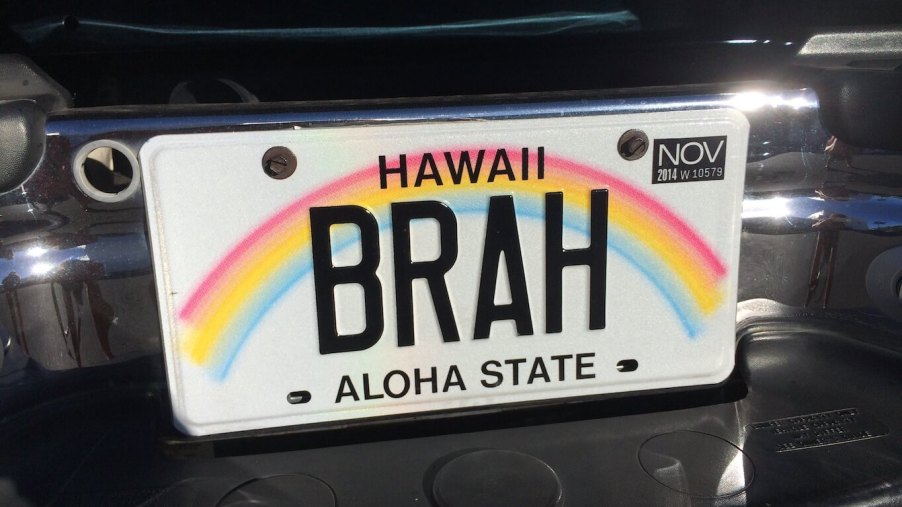
You’ll Never See These While Driving in Hawaii
Volcanoes, beaches, pineapples, and a ton of leis… all of these are common sights in Hawaii. However, if you’ve ever visited one of Hawaii’s islands, you may have noticed that there are no commercial billboards to be found. Is this related to car safety, or is it simply an odd and oft-overlooked driving law?
Commercial billboards are illegal in Hawaii
Per §445-111 of Hawaii law, any outdoor advertising is prohibited. This includes billboards as well as signs, posters, and anything else that’s designed to grab the attention of local passersby.
This law applies to each of Hawaii’s islands, though Section §445-113 details that some outdoor signage may be allowed in specific counties. Advertisers must obtain a permit from the county to erect the billboard and will have to pay an annual fee to maintain it. Additionally, the signage in question has to comply with the regulations outlined in Section §445-112.
Which types of billboards and signs are allowed in Hawaii?
The Hawaii State Legislature generally permits billboards if they’re promoting local meetings, whether those be for profit or free to the public. Section §445-112 allows for billboards advertising religious gatherings, plays, conventions, county fairs, fundraising events, and so on.
Billboards for sports events are permitted, as well as the scoreboards used to keep track of the game. Scoreboards have specific height and length requirements, plus they must always face the interior of the stadium. Billboards can also be erected if they’re alerting drivers of closed roads, unsafe road conditions, downed powerlines, and similar situations.
Property managers are allowed to post signage advertising that a property is for sale or rent as long as the sign stays on the property itself. This law also applies to land owners advertising specific services on that land, such as boating or fishing. Similarly, homeowners can advertise that their house is for sale with a physical sign. The signage can only include the home’s address, who is responsible for the sale, and the term “Open House” if applicable.
Public officers and agencies of the state are allowed to post outdoor signage at any location. In addition to important state notices, these officials might post billboards advertising educational and cultural events in the area. Candidates running for state or local offices can also erect billboards asking for votes and support.
How do these billboard restrictions protect drivers?
We agree with SmartFinancial that having commercial billboards around the islands would likely significantly detract from Hawaii’s overall appearance. Tourism companies with operations in Hawaii already reap a lot of profits without advertising on the island itself. In 2019, the Hawaii Tourism Authority reported that the daily spending total of tourists amounts to nearly $49 million.
Billboards of any kind can also distract drivers from the road, especially if that signage has flashing lights or moving graphics. When one visits Hawaii, they’re typically already on high alert, trying to see as much as possible. If you spend too much time looking at a billboard, you could cause an accident and/or damage your rental.
It’s best to save the sightseeing for activities and events that can be enjoyed once you’ve safely arrived at your destination. Fewer billboards also mean more space for natural wildlife and trails where you can go off-roading. Lanai is one of the best islands to visit for that reason, promising 400 miles of undisturbed tropical wilderness.
In a world where we’re constantly bombarded by advertisements (even while driving!), Hawaii remains an undisturbed retreat. If companies really want to promote their products on the islands, they can still do so through virtual advertisements. For the safety and enjoyment of all who inhabit Hawaii, we’re glad that the roadways and forests remain undisturbed.


